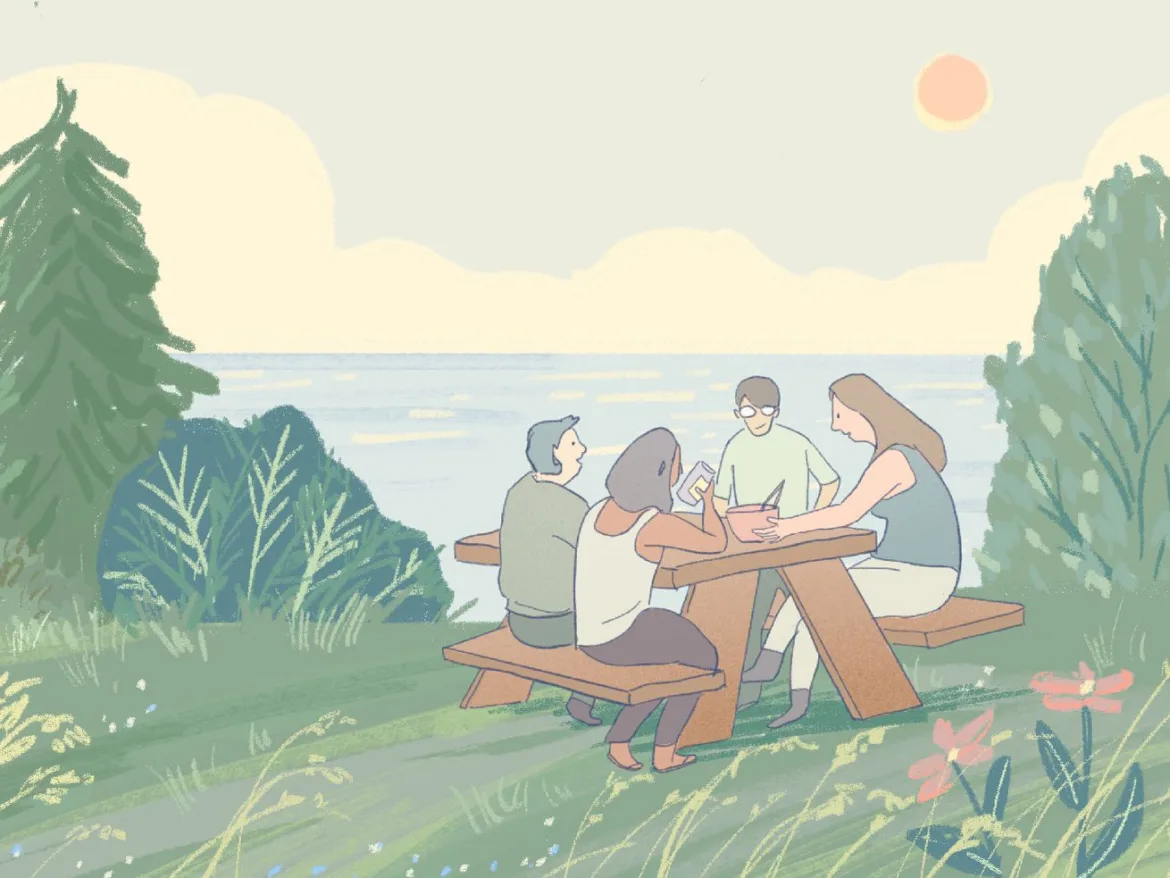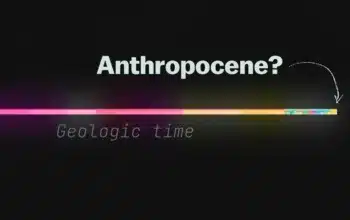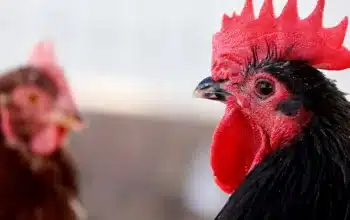The delightful abundance of going vegan.
/cdn.vox-cdn.com/uploads/chorus_asset/file/25403756/vegan1_1edited.png)
/cdn.vox-cdn.com/uploads/chorus_asset/file/25405163/vegan1_2edited.png)
/cdn.vox-cdn.com/uploads/chorus_asset/file/25405164/vegan1_3edited.png)
/cdn.vox-cdn.com/uploads/chorus_asset/file/25403758/vegan2_edited.png)
/cdn.vox-cdn.com/uploads/chorus_asset/file/25405171/vegan3_edited.png)
/cdn.vox-cdn.com/uploads/chorus_asset/file/25405173/vegan3_2_edited.png)
/cdn.vox-cdn.com/uploads/chorus_asset/file/25405174/vegan4_edited.png)
/cdn.vox-cdn.com/uploads/chorus_asset/file/25405175/vegan4_2_edited.png)
/cdn.vox-cdn.com/uploads/chorus_asset/file/25405180/vegan5_edited.png)
/cdn.vox-cdn.com/uploads/chorus_asset/file/25405181/vegan5_2_edited.png)
/cdn.vox-cdn.com/uploads/chorus_asset/file/25405186/vegan6_edited.png)
/cdn.vox-cdn.com/uploads/chorus_asset/file/25405189/vegan6_2_edited.png)
/cdn.vox-cdn.com/uploads/chorus_asset/file/25405192/vegan7_1edited.png)
/cdn.vox-cdn.com/uploads/chorus_asset/file/25405194/vegan7_1.5edited.png)
/cdn.vox-cdn.com/uploads/chorus_asset/file/25403775/vegan7_2edited.png)
/cdn.vox-cdn.com/uploads/chorus_asset/file/25405218/vegan8_edited.png)
/cdn.vox-cdn.com/uploads/chorus_asset/file/25405219/vegan8_2_edited.png)
/cdn.vox-cdn.com/uploads/chorus_asset/file/25403776/vegan9_edited.png)
Marina Bolotnikova is a deputy editor for Vox’s Future Perfect section. Before joining Vox, she reported on factory farming for national outlets including the Guardian, the Intercept, and elsewhere.
Christine Mi is a cartoonist, writer, and game designer focused on telling stories in and around nature. Some examples of topics she’s explored in her work have been eels (where do they come from?), gingko trees, and finding ways to experience small joys during the pandemic. Her work has appeared in the New Yorker, the Rumpus, and more.
Sources
- “The next big climate deadline is for meat and dairy,” Vox, May 2024
- Dedicated, Pete Davis, 2021
- “Everything I, an Italian, thought I knew about Italian food is wrong,” Financial Times, March 2023
- “Wild mammals make up only a few percent of the world’s mammals,” Our World in Data, December 2022
- “Meet the activists risking prison to film VR in factory farms,” Wired, December 2019
- “The origins of the precept ‘Whoever saves a life saves the world,’” Mosaic Magazine, October 2016
- The Vegan Chinese Kitchen, Hannah Che, 2022
- Vegan Cupcakes Take Over the World, Isa Chandra Moskowitz and Terry Hope Romero, 2006
Tips and resources for going plant-based
- Meat/Less, Vox’s free newsletter guide to eating less meat
- Why you likely don’t need to worry about your protein intake
- Eat more beans. Please.
- When one twin goes vegan and the other doesn’t
- My husband, the carnivore
Further reading on factory farming, our food system, and the climate
- 9 charts that show US factory farming is even bigger than you realize
- The “humanewashing” of America’s meat and dairy, explained
- The myths we tell ourselves about American farming
- UN numbers say meat is bad for the climate. The reality is worse.



